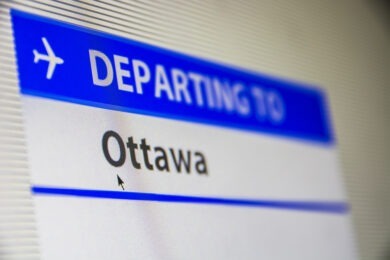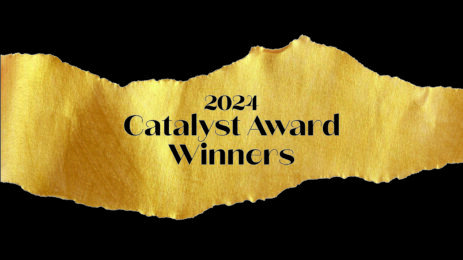The city is expanding the Moscone Center by more than 305,000 sq. ft. What are the plans?
This is our first expansion in more than a decade. We are connecting two exhibit halls into one giant hall with 520,000 sq. ft. of exhibit space. We are also building a hall above ground with terraces, a ballroom and more exhibit space. We are improving the Yerba Buena Gardens and including more public art in the outdoor spaces. The building will be more pleasant, as well as more functional.
With construction taking place intermittently until 2018 (some work will stop during events), what change will make the biggest impact?
We worked with some of our key users. We asked them, “tell us what you want.” Everyone had different responses, different needs. Our goal was to make Moscone the most flexible space it can be. If you need giant halls, we can do that. If you need smaller spaces, we can do that, too. All of these rooms can be made into smaller rooms.
We also wanted to include some technological advances; at any time here, 60,000 simultaneous devices can be used. We want to keep that up. We designed the building to meet all those needs. This is the convention center for Silicon Valley—many high-tech companies meet here, so we have to be the best in the industry. That is what this expansion will be.
Does the basic infrastructure of San Francisco—hotels, transportation, scenery—lend itself to
conventions?
It is always a competitive world out there. Our best selling point, though, is that we get record-breaking attendance. People want to come here. They want to come for the restaurants, the sights, the landscape and the history. The history in this city makes it so different from almost anywhere else.
What is the biggest selling point of San Francisco?
Well, aside from the record-breaking attendance numbers, it is likely the international recognition.
San Francisco is known around the world through films, books, TV shows. The airlift certainly helps, but people have an image of the city in their minds and it is, naturally, very compelling to want to visit.
A nonprofit organization, the CVB’s sole purpose is to promote San Francisco as a premier travel destination to external audiences, as well as locals. What is unique about the way you reach out to a local business and convince it to have its event at home?
What a visitor likes to do in San Francisco is what a local likes to do. We’re not a city with theme parks or gambling. Corporate groups love having hometown conventions because they love showing off their city. A lot of our major conventions involve groups that live here: Apple, Oracle, Google—loads of Silicon Valley companies know that when they have conventions here, it brings people from all over.
San Francisco is an expensive city. How do you work with that?
It’s expensive to live here and visit, and we know that. We make sure that we get anyone wanting to meet here the best value we can while they are here. The great thing is, most of the really great stuff here is free: Golden Gate Park, Fisherman’s Wharf, walking the neighborhoods, the Painted Ladies. It’s what we are. And, of course, many convention-goers that come here admit that among the top things they want to do is walk across the Golden Gate Bridge, which is also free.
San Francisco has always been a strong supporter of LGBTQ rights. Do you think that helps attract business?
For many, many years, gays and lesbians who traveled together had to remain out of the mainstream of travel destinations. I think now, in the U.S. and around the world, partners and families traveling together are more visible. I like the level of comfort San Francisco offers LGBTQ travelers, as well as straight travelers.
If you are showing the city to first-time visitors, where is your starting place?
Well, that really depends on who it is. I like to start at Twin Peaks, driving up and then looking out at the incredible view. Downtown visitors can see how small the city really is from there and the neighborhoods, that the city is surrounded by water. The view gives you a real feeling for the city.
People want to come here. They want to come for the restaurants, the sights, the landscape and the history. The history in this city makes it so different from almost anywhere else.
Background
Hometown: Sacramento, California
Education: B.A. in European civilization from California State University, Sacramento
Summary: D’Alessandro has served as president and CEO of San Francisco Travel Association since July 2006. With more than 1,500 members and an annual budget of $32 million, the destination marketing organization is one of the largest membership-based tourism promotion agencies in the country. Prior to joining San Francisco Travel, D’Alessandro was president and CEO of the Portland Oregon Visitors Association and served as international program manager for the California Office of Tourism. He serves on the executive committee of the U.S. Travel Association and the San Francisco Super Bowl 50 Host Committee. D’Alessandro and his partner, David Jones, were one of the first couples to be married in San Francisco when same-sex marriage was legalized for five months in 2008. They have six children and live in San Francisco.




